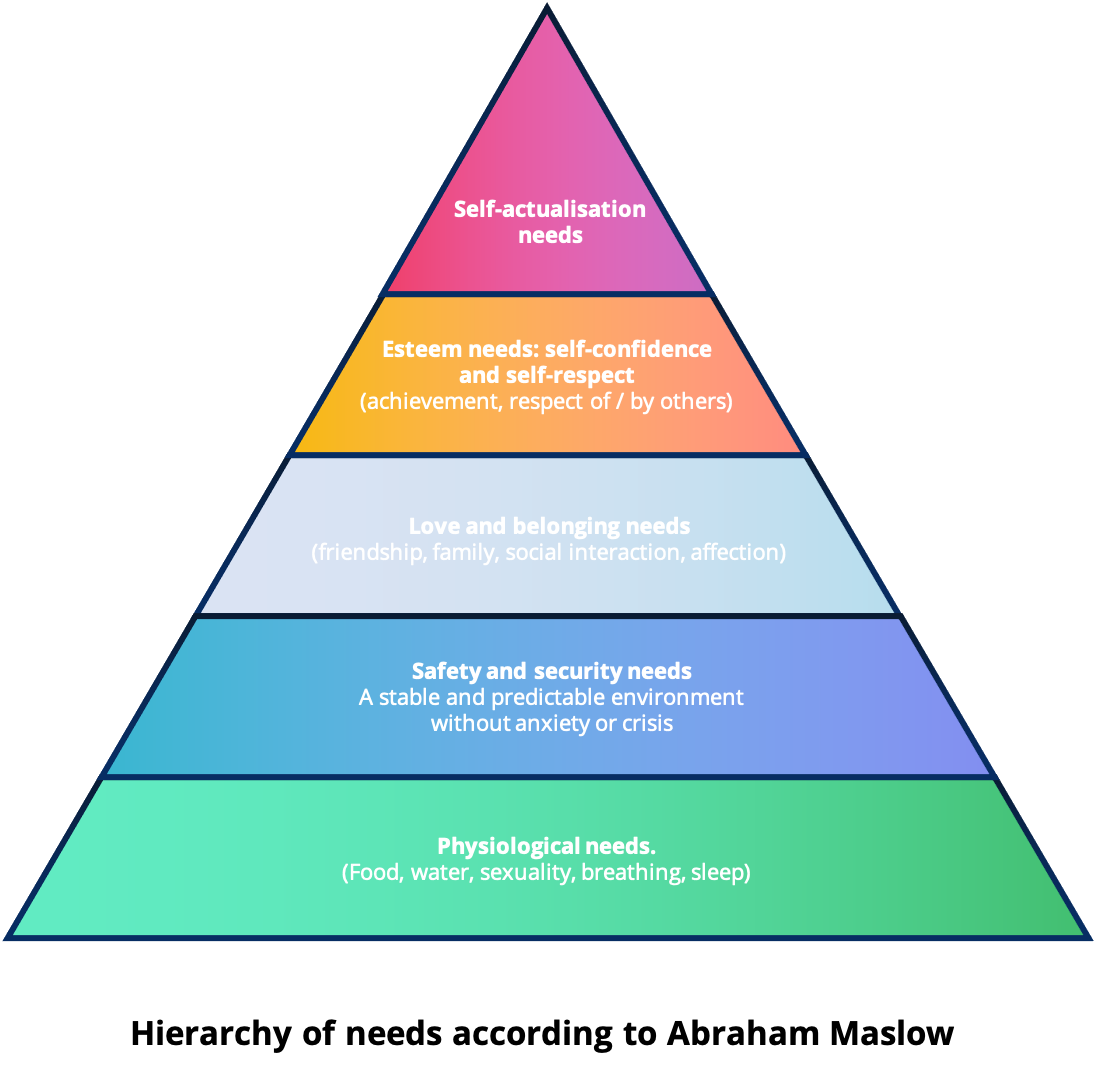Ecommerce retailers and online store managers need to be creative to encourage revenue growth. All e-marketing specialists pursue the same objective: they seek to arouse the user’s curiosity so that they will make a purchase. Let’s take a look at the 5 types of consumer behaviour that every manager should know!
Expand your e-commerce business internationally: the updated ultimate guide
What is consumer behaviour?
Consumer behaviour encompasses all the steps that lead the consumer to purchase a product or service. Online, it starts the moment the user turns on their computer or phone, and ends the moment they validate their payment. Sometimes, consumer behaviour also includes repeat business.
Digital marketers can spend hours analysing consumers’ thoughts, actions and behaviours. Thanks to this painstaking work, these web professionals are able to meet the precise expectations of their customers.
Today, we’re going to highlight 5 types of consumer behaviour that every manager should know about. Here’s how you can adapt to the needs of your online consumers and develop your ecommerce business.
Consumer behaviour you should know to boost your online sales
1. Theory of Reasoned Action (1975), Fishbein and Ajzen
According to the theory of reasoned action, consumers engage in behaviour in order to achieve an outcome. For example, “if I eat more vegetables, then I will lose weight” or “if I buy the latest pair of Nike trainers, then I will be accepted by the group”.
This consumer behaviour is based on:
- The person’s beliefs (such and such a purchase will have such and such a consequence);
- The buyer’s assessment of the consequences that a purchase might have;
- Subjective norms (normative beliefs, public opinion, etc.).
As an ecommerce retailer, it is therefore essential to associate a product with a specific positive outcome. By doing so, you will entice consumers to make a purchase. For example: this type of perfume attracts women.
2. Engel, Kollat and Blackwell model
The Engel, Kollat and Blackwell model is a consumer behaviour that should be in every manager’s knowledge base.
This concept pinpoints the purchaser’s decisional process to uncover the reasons why they act. It consists of 5 steps:
- Defining the problem;
- Retrieving information;
- Evaluating options;
- Making a decision;
- The results (the consequences of the purchase).
In order to stay ahead of the competition, you need to stand out at the second step of this decision process. At this stage, the information given on your marketing materials (website, social media, ads, flyers, etc.) is very valuable. It will help the buyer to continue along the sales process or, on the contrary, to encourage them to discover the competition’s offers.
Consumers need to obtain enough information about the product or service to remember your brand. In addition, they need to understand all the information provided. Thus, it may be worthwhile translating your marketing materials to expand your business overseas.
3. Motivation theory (Maslow): the best-known consumer behaviour
Have you heard of Maslow’s hierarchy of needs?
Here’s a little more about this theory of motivation. In the 1940s, psychologist Abraham Maslow devised a hierarchy of individual needs. This system proposes that all needs can be ranked according to a system of priorities:

Right now, Maslow’s theory is being used in business and marketing courses around the world to explain the value of slogans and sales pitches. Thanks to this theory, marketing campaigns can prioritise “urgent” purchases.
4. Psychology of impulse buying (Hawkins Stern)
In contrast to the first consumer behaviour we looked at (based on a rational act), Hawkins Stern emphasises compulsive spending. These hasty decisions are influenced by external stimuli such as seeing an advertisement on the subway or stumbling upon a quirky store and then going in and buying a fun item.
On your ecommerce site, 4 solutions can help you increase impulse buying:
- Provide – very – attractive prices (to give the consumer the idea that they are getting a good deal or saving money);
- Create time-limited offers (to make the buyer want to buy immediately);
- Implement an email marketing strategy (to stay in touch with the buyer at all times);
- Suggest similar products or products “often purchased with” (to encourage the user to purchase an assortment of products).
Of course, it’s highly recommended to combine multiple methods to optimise your results.
5. The digital experience
Finally, it is essential to talk about the digital user experience. Even if it’s not consumer behaviour per se, a positive user experience (UX) has become essential to meet Internet users’ expectations.
Our needs and consumption habits change over time. For example, 69% of online shoppers say that excessively high shipping costs are the biggest reason for cart abandonment. Similarly, 75% of smartphone users abandon a site if it is not mobile-friendly. Finally, adding customer testimonials to a site can increase conversion by 34%!
Sometimes it’s the little things that can make a big difference.
To adapt your site to current user requirements, check out our article about customer loyalty strategy in ecommerce.







